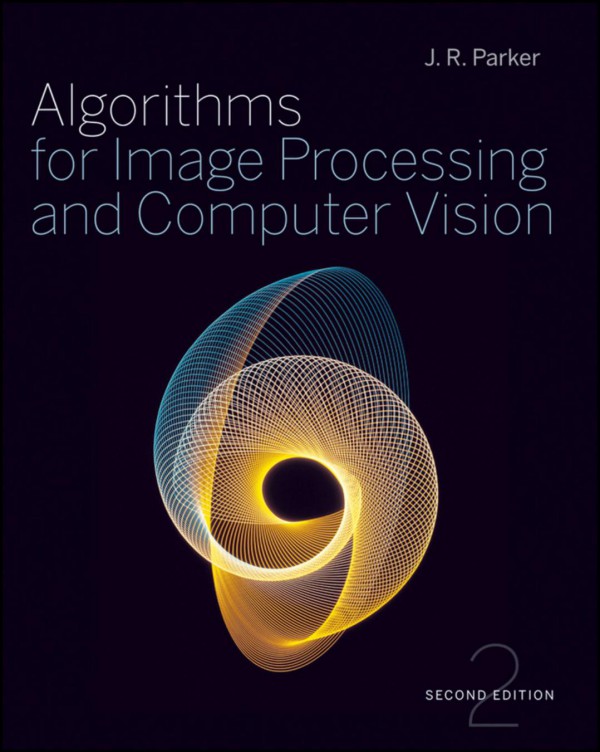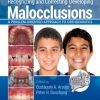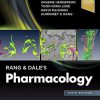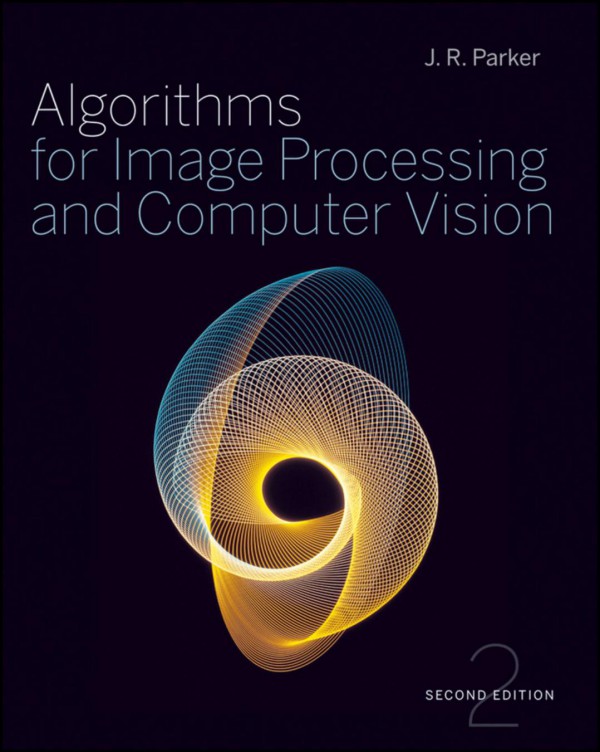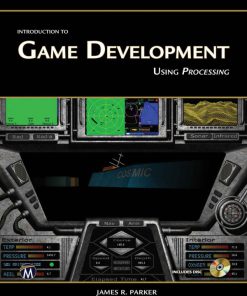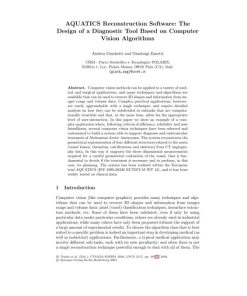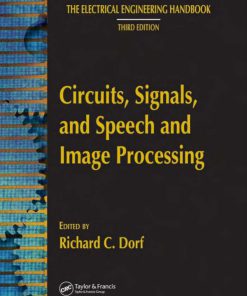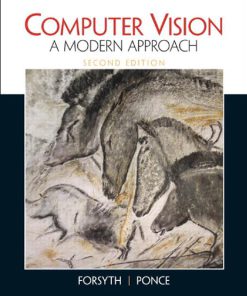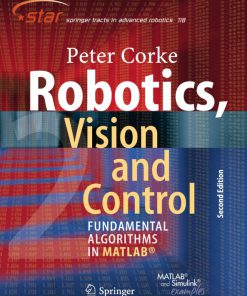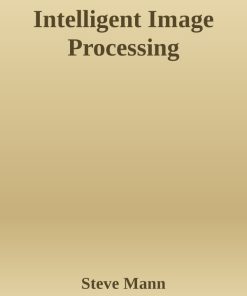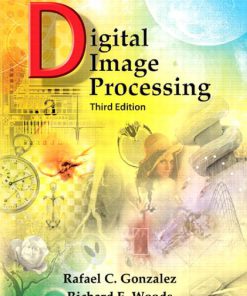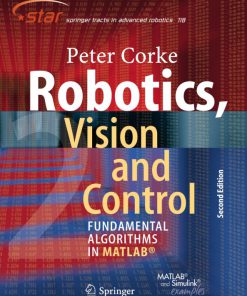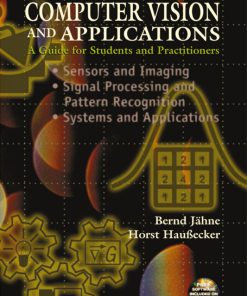Algorithms for Image Processing and Computer Vision 2nd Edition by Parker 0470643854 978-0470643853
Original price was: $50.00.$25.00Current price is: $25.00.
Authors:J. R. Parker; Jim R. Parker , Series:Artificial Intelligence [15] , Tags:Computers; Software Development & Engineering; Computer Graphics; Artificial Intelligence; Computer Vision & Pattern Recognition; Information Technology; Mathematics; Discrete Mathematics; Technology & Engineering; Imaging Systems; Optics , Author sort:Parker, J. R. & Parker, Jim R. , Ids:Google; 9780471140566 , Languages:Languages:eng , Published:Published:May 1997 , Publisher:Wiley , Comments:Comments:1. Advanced edge-detection techniques: the canny shen-castan methods. 1.1 The purpose edge detection; 1.2 Traditional approaches and theory; 1.3 Edge models: marr-hildreth edge detection; 1.4 The canny edge detector; 1.5 The shen-castan (ISEF) edge detector; 1.6 A comparison of two optimal edge detectors; 1.7 Source code for the marr-hildreth edge detector 1.8 Source coede for the canny edge detector; 1.9 Source code for the shen-castan edge detector; 2. The use of digital morphology; 2.1 Morphology defined; 2.2 Elements of digital morphology: binary operations; 2.3 Grey-level morphology; 2.4 Color morphology; 2.5 Bibliography;3 Advanced methods in grey-level segmentation; 3.1 Basics of grey-level segmentation; 3.2 The use of regional thresholds; 3.3 Relaxation methods; 3.4 Moving averages; 3.5 Bibliography; 4 Texture; 4.1 Texture and segmentation; 4.2 A simple analysis of texture in grey-level images; 4.4 Edges and textures; 4.5 Energy and texture; 4.6 Surfaces and texture; 4.7 Fractal dimension; 4.8 Bibliography; 5 Skeletonization: the essential line; 5.1 What is a skeleton? 5.2 The medial-axis transform; 5.3 Iterative morphological methods; 5.4 Use of contours; 5.5 Use of objects outlines: line following; 5.6 Treating the object as a polygon; 5.7 Forece-based thinning; 5.8 Source code for zhang-suen/stentiford/holt combined algorithm; 5.9 Bibliography; 6. Image reconstruction; 6.1 Image degradations: the real world; 6.2 The frequency domain; 6.3 The inverse filter; 6.4 The wiener filter; 6.5 Structured noise; 6.6 Motion blur: a special case; 6.7 The homomorphic filter: illumination; 6.8 The eagle restoration system: a summary; 6.9 Bibliography; 7. Wavelets; 7.1 Essentials of wavelet decomposition; 7.2 Objects and 2d wavelets; 7.3 Bibliography; 8. Optical character recognition; 8.1 The problem; 8.2 OCR on simple perfect images; 8.3 OCR on scanned images; segmentation; 8.4 OCR on fax images; printed characters; 8.5 Bibliography; 9. Symbol recognition; 9.1 Handprinted characteres; 9.2 The use of multiple classifiers; 9.3 Printed music recognition: a study; 9.4 source code for neural net recognition system; 9.5 Bibliography; 10. Genetic algorithms and evolutionary computing; 10.1 Optimization in image processing and vision; 10.2 An introduction to genetic algorithms; 10.3 Performance improvements for floating point; 10.4 Genetic methods for vision; 10.5 Bibliography; Appendix the CD: Where do i start? A.1 Basic Directory structure; A.2 Chapter directoires; A.3 Special directories; A.4 Installing the GNU C compiler; A.5 Using the GNU C compiler; A.6 On the Internet; Index.

